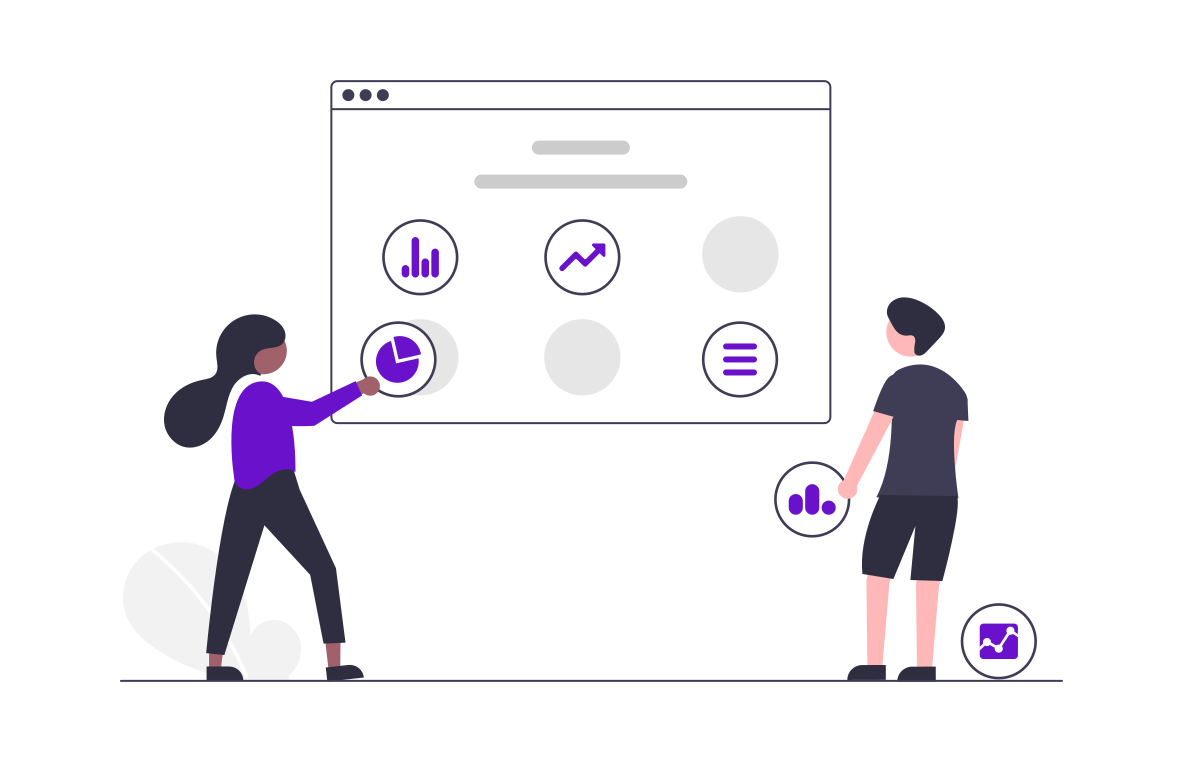In the evolving landscape of account-based marketing (ABM), data-driven decision-making has become a cornerstone for achieving business objectives. By leveraging advanced analytics, companies can enhance their precision in targeting, personalize their engagement strategies, and optimize their campaigns for maximum impact. This blog explores the critical role of analytics in supporting ABM objectives and how businesses can harness the power of data to drive growth and success.
The Role of Data in ABM
Data serves as the foundation for effective ABM strategies. It provides insights into target accounts, identifies engagement opportunities, and measures the success of marketing efforts. Here are some key ways data supports ABM objectives:
-
Identifying Target Accounts: Analytics help in pinpointing the most promising accounts by evaluating various metrics such as firmographics, technographics, and engagement history. This ensures that marketing efforts are focused on accounts with the highest potential for conversion.
-
Personalizing Engagement: With data-driven insights, marketers can create highly personalized content and experiences for each target account. This level of personalization increases engagement and builds stronger relationships with key decision-makers.
-
Optimizing Campaigns: Continuous monitoring and analysis of campaign performance enable marketers to refine their strategies. By understanding what works and what doesn’t, businesses can make informed adjustments to improve their outcomes.
Advanced Visitor Identification
One of the significant advancements in ABM analytics is the ability to de-anonymize website visitors. This capability allows businesses to identify and engage with visitors who would otherwise remain anonymous. By leveraging advanced visitor identification tools, companies can:
- Track visitor behavior and interests.
- Tailor messaging based on specific interests and engagement patterns.
- Convert anonymous visitors into known leads, providing a direct pathway for personalized marketing efforts.
Utilizing Intent Data
Intent data is another powerful tool in the ABM arsenal. It provides insights into a prospect's readiness to buy based on their online behavior and engagement. By integrating intent data with existing analytics, marketers can:
- Identify high-intent accounts and prioritize them for outreach.
- Tailor content to address specific pain points and interests.
- Improve the timing and relevance of marketing messages.
AI-Powered Visual Editors
AI-powered visual editors are revolutionizing how marketers create and optimize personalized website content. These tools offer several advantages:
- No-Code Personalization: Marketers can easily create and modify web pages without needing technical skills, enabling faster and more efficient personalization.
- AI Suggestions: These editors provide AI-driven recommendations for headlines, images, and other content elements to maximize engagement.
- A/B Testing: Marketers can conduct A/B tests to determine which versions of their content perform best, leading to data-driven decisions that enhance conversion rates.
Campaign Orchestration and Execution
Effective ABM requires seamless orchestration and execution of multi-channel campaigns. Analytics play a crucial role in this process by providing insights that drive strategic decisions. Here’s how analytics support campaign orchestration:
- Cross-Channel Insights: Analytics provide a comprehensive view of how target accounts interact across different channels. This helps in creating cohesive and consistent messaging.
- Performance Tracking: Marketers can monitor the performance of their campaigns in real-time, allowing for quick adjustments and optimization.
- Resource Allocation: Data-driven insights help in allocating resources more effectively, ensuring that marketing efforts are focused on high-impact activities.
Advanced Reporting and Visualization
To make the most of their data, businesses need advanced reporting and visualization tools. These tools transform raw data into actionable insights, making it easier for marketers to understand and act upon their analytics. Key features include:
- Custom Dashboards: Tailored dashboards allow marketers to visualize key metrics and track progress towards their ABM objectives.
- Natural Language Queries: AI-driven tools enable marketers to ask questions in natural language and receive detailed reports, simplifying the process of data analysis.
- Actionable Insights: By highlighting trends and patterns, advanced reporting tools provide clear guidance on where to focus efforts for maximum impact.
Conclusion
Incorporating analytics into ABM strategies is not just beneficial—it is essential. Data-driven decisions enable marketers to identify the right accounts, personalize their approach, and optimize their campaigns for better results. By leveraging advanced analytics tools, businesses can achieve their ABM objectives more effectively and drive significant growth.


